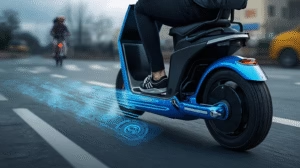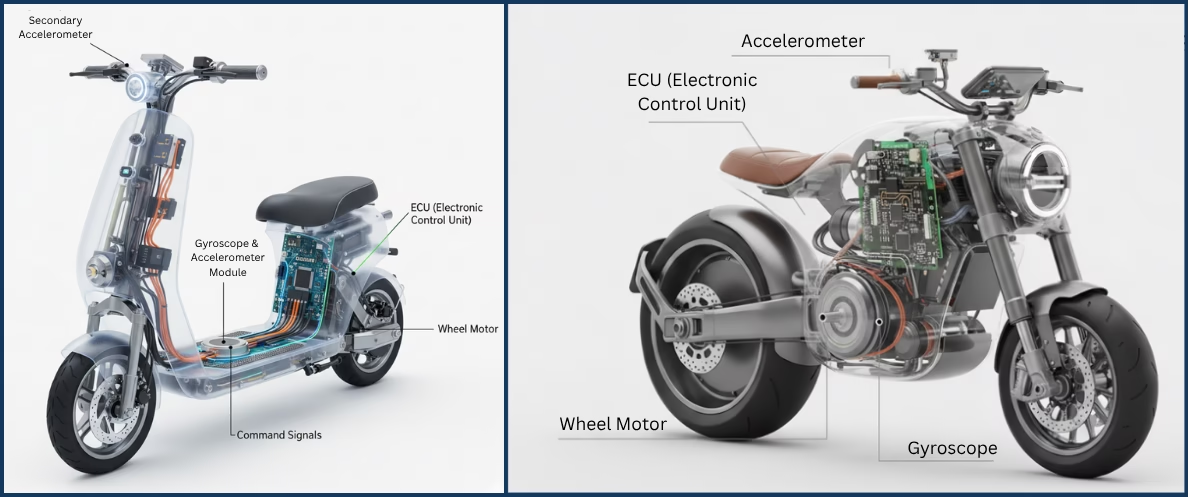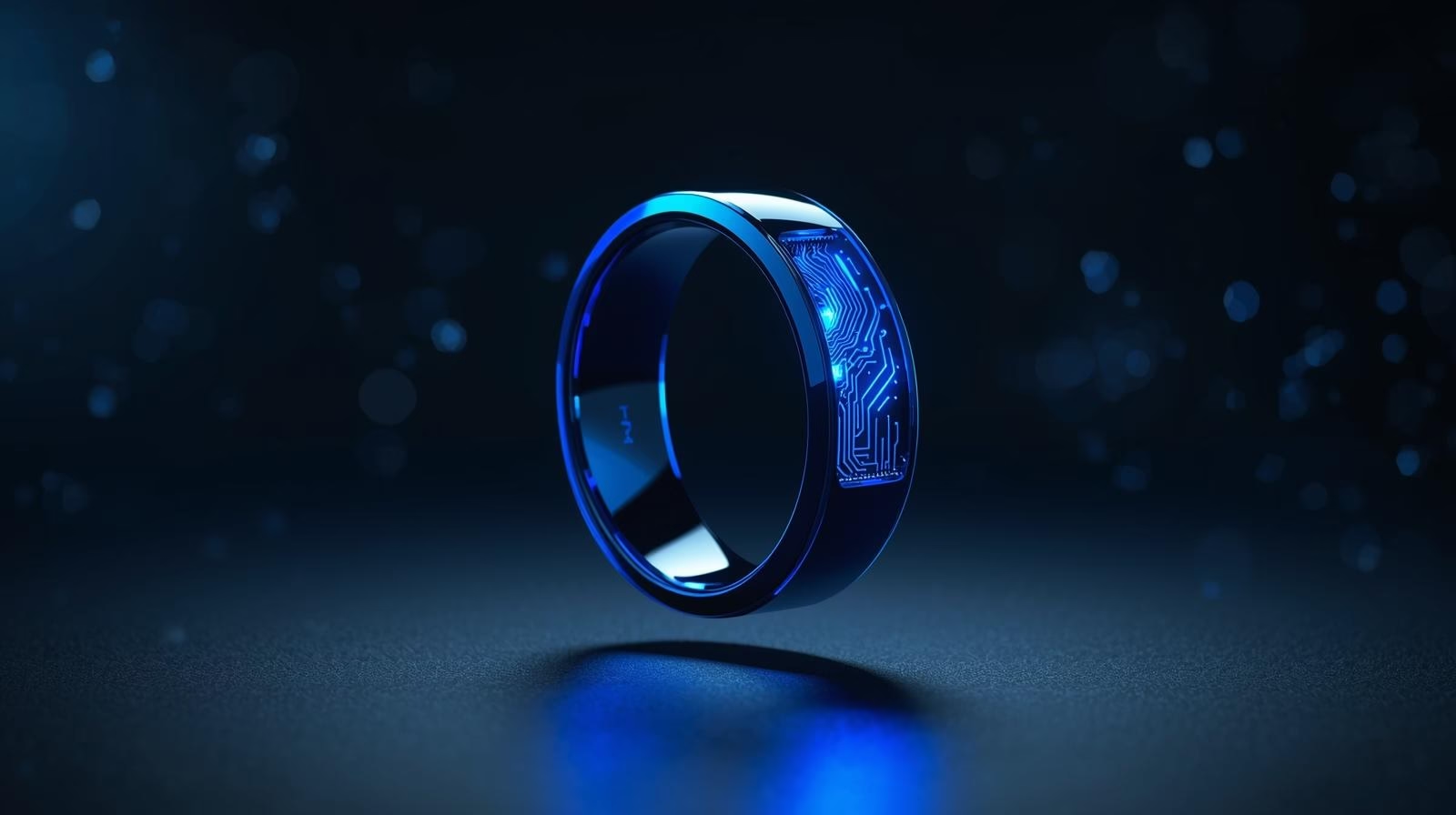The Invisible Hand Guiding Every Ride
Riding a two-wheeler has always been an art of balance and control, where a small misstep can lead to a fall. Enter automatic self-balancing technology, the invisible hand that stabilizes every ride, making scooters and motorcycles smarter, safer, and more accessible.

By combining intelligent algorithms, these systems continuously monitor and correct a vehicle’s posture, giving riders confidence even in challenging conditions. From beginner commuters to seasoned riders, self-balancing two-wheelers are redefining the way we experience urban mobility, turning every journey into a seamless blend of stability, freedom, and innovation.
The Balancing Act: Unlocking the True Strength of Two-Wheelers
Two-wheeling is all about agility, and it becomes truly great when that agility is perfectly balanced. This basic idea was transformed by automatic self-balancing technology and enhanced through intelligent engineering.
By combining precise motion sensors and advanced algorithms, modern two-wheelers can analyze real-time data on tilt, speed, and direction, making micro-adjustments that keep the vehicle steady even in unpredictable conditions. In fact, this novelty extends beyond the realm of mere convenience; it radically changes the riding experience. Whether on bumpy roads or at red lights, the system ensures the vehicle remains upright—no manual balancing required.
For electric scooters, it’s a step toward smarter mobility, where stability meets automation. By shifting balance control from human instinct to intelligent systems, manufacturers are redefining safety, accessibility, and performance, paving the way for a new generation of two-wheelers that think before they tilt.
How Does This Sorcery Work? Unveiling the Self-Balancing Spell
It might appear as though the self-balancing feature of an electric scooter is powered by magic; however, it is actually based on precise mechanical design and details with smart electronics. In fact, the entire operation depends upon gyroscopes and accelerometers, which are the sensors that endlessly monitor the scooter’s direction, inclination, and movement parameters such as tilt and motion. These sensors detect even slight angle changes and transmit the data to the electronic control unit (ECU) instantly.

The ECU acts as the brain, rapidly processing sensor inputs and calculating corrective actions. It communicates with the scooter’s motorized wheels or tilt-adjusting mechanisms, making micro-adjustments in speed or angle to counterbalance any lean. Some advanced systems incorporate active tilt compensation, which dynamically redistributes torque between wheels, ensuring stability during acceleration, braking, and turning.
When the scooter slows down or makes tight turns, the system automatically corrects its stance, preventing it from toppling over. For riders, it enhances safety and control, gives better control, and gives more confidence, especially in cities that have unpredictable stops or rough surfaces.
Self-balancing e-scooters, through the use of sensor accuracy, real-time processing, and smart motor control, are a perfect example of how technology can make riding easier and more comfortable, almost as if an invisible hand were there with every ride.
Real-World Wizards: Electric Scooters That Refuse to Fall
Self-balancing technology is no longer just an idea but has become a reality, demonstrated by both consumer products and prototype motorcycles. These vehicles integrate highly advanced systems like gyroscopes, steer-by-wire mechanisms, and AI algorithms to be able to keep themselves stable even at very low speeds or when standing still. In essence, the technology is meant to increase safety, make riding easy for novices, and ultimately allow for creative vehicle designs.
Among the consumer products already available in the market, the Liger X scooter is probably the most remarkable. AI-driven self-balancing that allows the scooter to stand on its own. Thus, urban commuting becomes safer and more accessible.
Furthermore, the future of self-balancing two-wheelers can be seen in the works of several prototype motorcycles. Honda’s Riding Assist is essentially a steer-by-wire system that, when combined with robotic stabilization, is capable of maintaining balance at very low speeds.
Yamaha MOTOROiD 2 is an AI-powered futuristic vehicle that can not only self-balance but is also fully autonomous and capable of recognizing its owner. The Lit Motors C1 concept blurs the line between scooter and car, using gyroscopic stabilization to provide upright balance and crash resilience.
These examples illustrate how self-balancing technology is redefining two-wheeler dynamics.
The Perks of Having a Ride That Can Literally Stand on Its Own
By maintaining equilibrium automatically, these vehicles transform the riding experience, especially for beginners and daily commuters navigating congested city streets.

- Increased Security: The risk of falling or tipping over is greatly reduced thanks to the vehicle’s automatic balancing system. This indirectly ensures the safety of the rider and the vehicle.
- Accessibility for Everyone: Novice riders, elderly commuters, or those with limited two-wheeler experience can ride confidently without constantly worrying about stability.
- Better Control: The vehicle remains stable even at low speeds or in tight spaces, making city riding more efficient.
- Relaxed Traveling: Commuters can give more attention to traffic conditions and route planning than to the act of balancing, which is taken over by the vehicle itself.
- Foundation for Future Autonomous Features: Self-balancing technology represents a significant move toward the development of semi or fully autonomous two-wheelers.
- More Convenient Parking: If the vehicle is capable of standing upright without assistance, there is no necessity for a kickstand or a surface against which to rest it.
Put simply, the self-balancing two-wheelers are safer, more intelligent, and more open to new users, thus harmonizing technological innovation with easy-to-implement practical benefits that effectively supercharge the daily commute, turning it into a nearly effortless experience.
The Dark Side of the Spell: Challenges That Keep Innovators Up at Night
While automatic self-balancing technology promises a safer and more intuitive riding experience, it comes with inherent limitations that innovators must navigate.
- High Implementation Cost: The inclusion of gyroscopes, accelerometers, and advanced control systems substantially escalates the production costs, which in turn raises the price of self-balancing two-wheelers above the reach of the general population.
- Hard to Repair: The complex hardware and software parts require the attention of highly skilled technicians only. Broken sensors or motor misalignments can cause instability, making maintenance more challenging.
- Battery Drain: The uninterrupted balancing motor operation consumes additional power, thereby reducing overall battery range. This is the main reason why electric scooters with small battery packs are not very popular.
- Environment Dependency: While sensor accuracy may be affected by wet roads, loose gravel, or uneven surfaces, the system may occasionally overcompensate and become unstable.
- Technology Dependability: As with any advanced system, software glitches or calibration errors may affect performance, creating potential safety risks.
- Behavior Change: Riders may initially over-rely on the system, compromising vigilance and reaction times, which could reduce the effectiveness of safety enhancements.
Crystal Ball Gazing: The Next Chapter of Self-Balancing
Shifts in electric mobility will be driven by self-balancing technology. Balancing systems powered by AI will make two-wheelers understand rider behaviors, weather conditions, and traffic patterns, thus giving stability and safety that are custom-made for the user. The addition of autonomous features will enable scooters and motorcycles to drive through complicated cityscapes with minimal help from a human.
Advances in sensor miniaturization and energy-efficient motors will reduce costs and extend battery life, making self-balancing technology more accessible. On top of that, shared mobility and micro-mobility will be the ones to implement these innovations gradually, thus making users more confident in riding and reducing the number of accidents.
As smart infrastructure and vehicle-to-everything (V2X) communication evolve, self-balancing two-wheelers will become safer, more adaptive, and integral to the future of urban transport.
Embrace the Ride Where Balance and Freedom Unite
Self-balancing technology is rapidly transforming the world of electric scooters and two-wheelers, and with this fusion, safety, stability, and rider confidence are becoming inseparable companions of each journey.
By intelligently adjusting to changes in posture and surface, these vehicles allow riders to focus on the road instead of maintaining balance. Apart from ease, self-balancing systems are opening up the road to intelligent, more autonomous modes of transport, thus reshaping the whole concept of urban commuting.
At Syrma SGS, we are committed to innovating and integrating advanced solutions that offer riders both balance and freedom. Discover how our expertise can elevate your mobility solutions. Partner with Syrma SGS today.
Disclaimer: Images used in this Blog are AI generated



